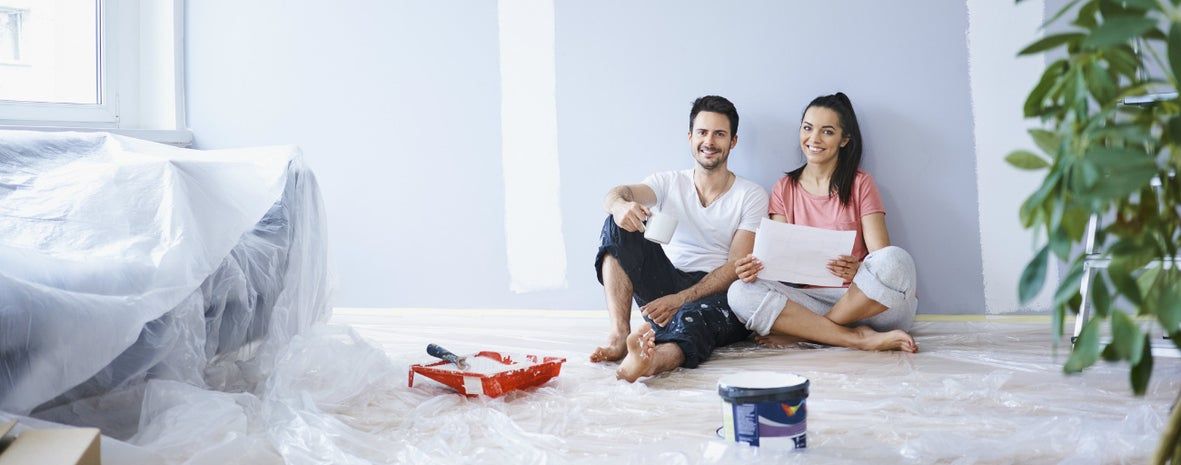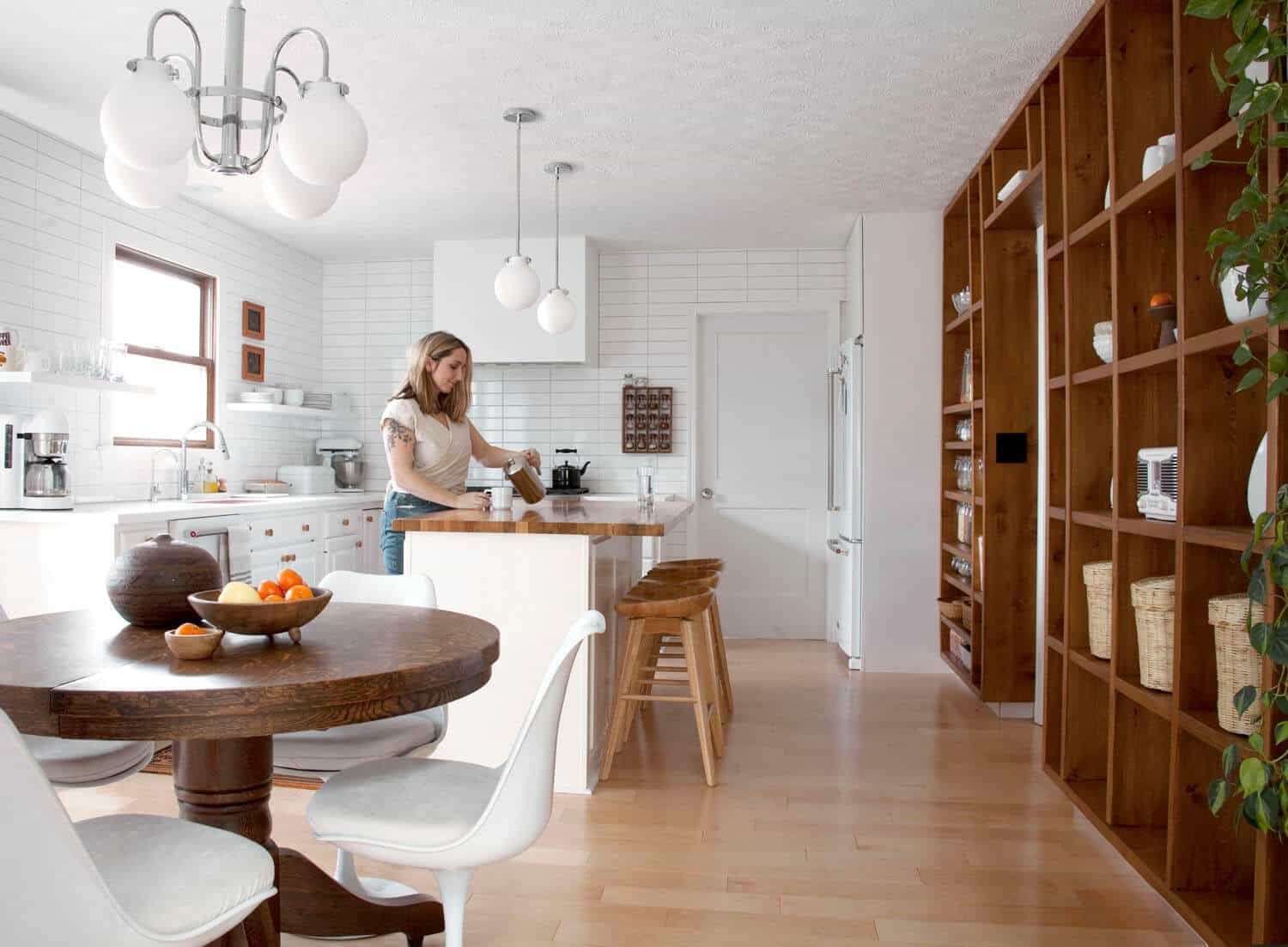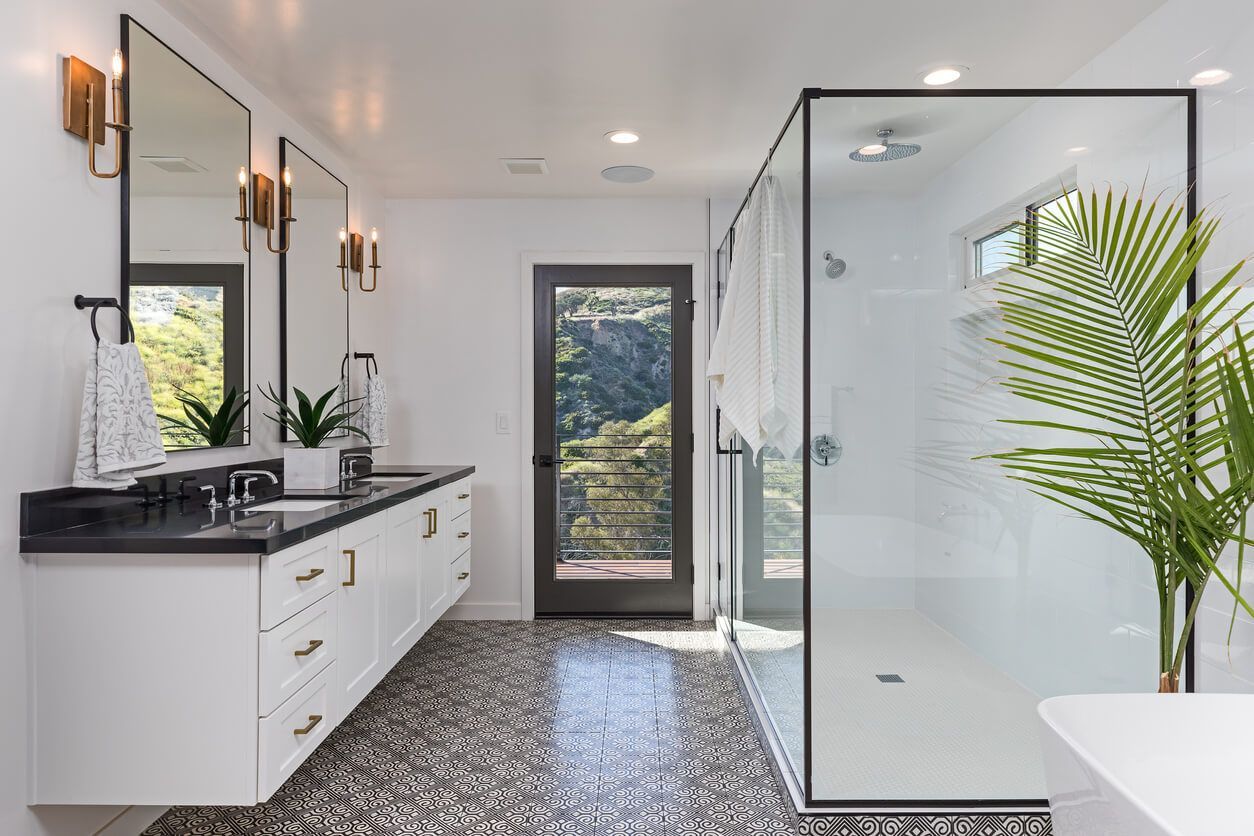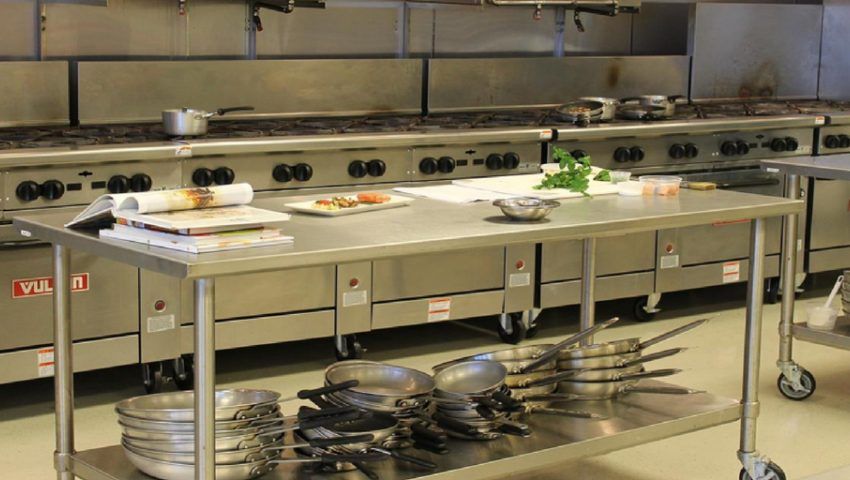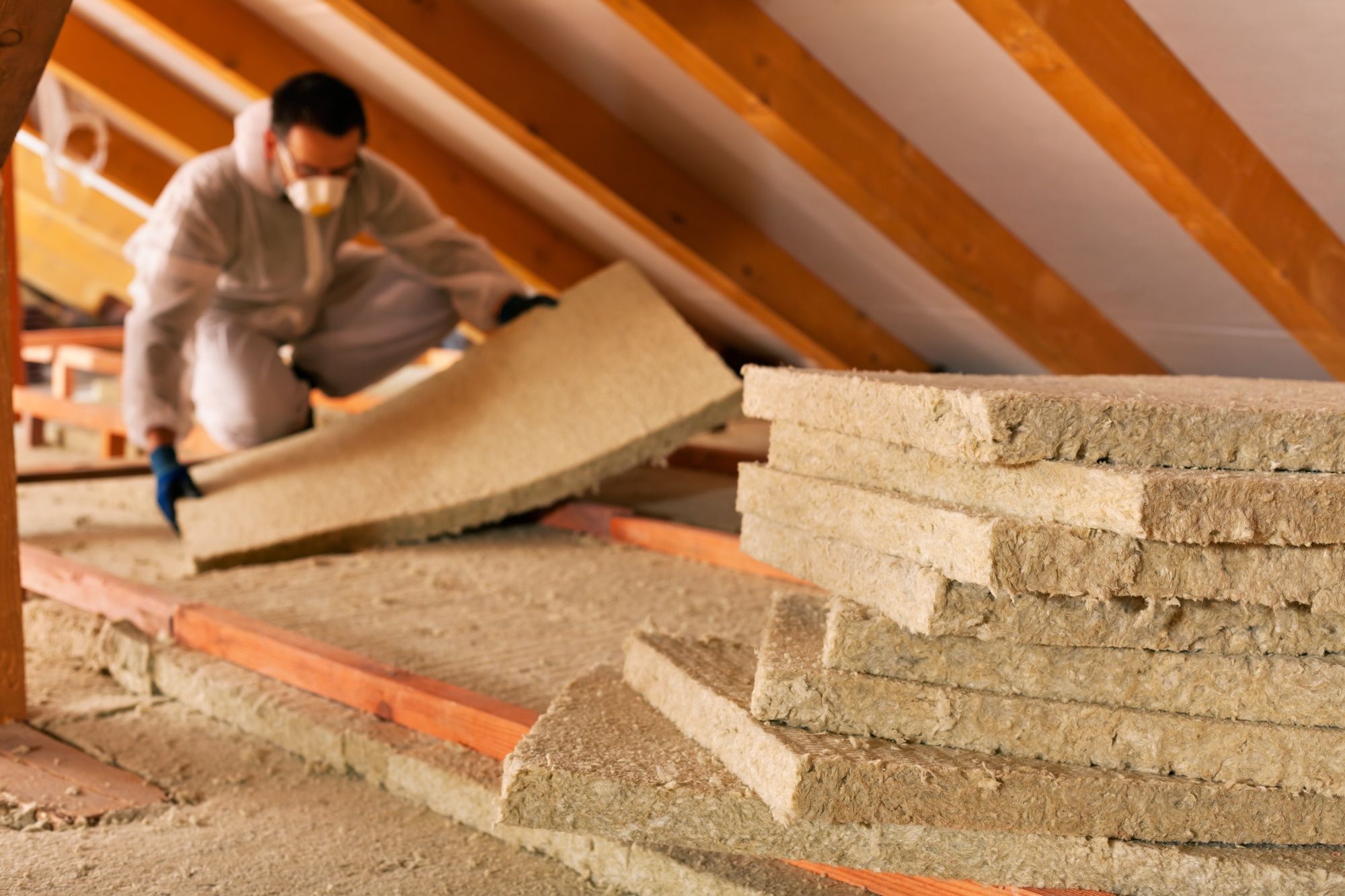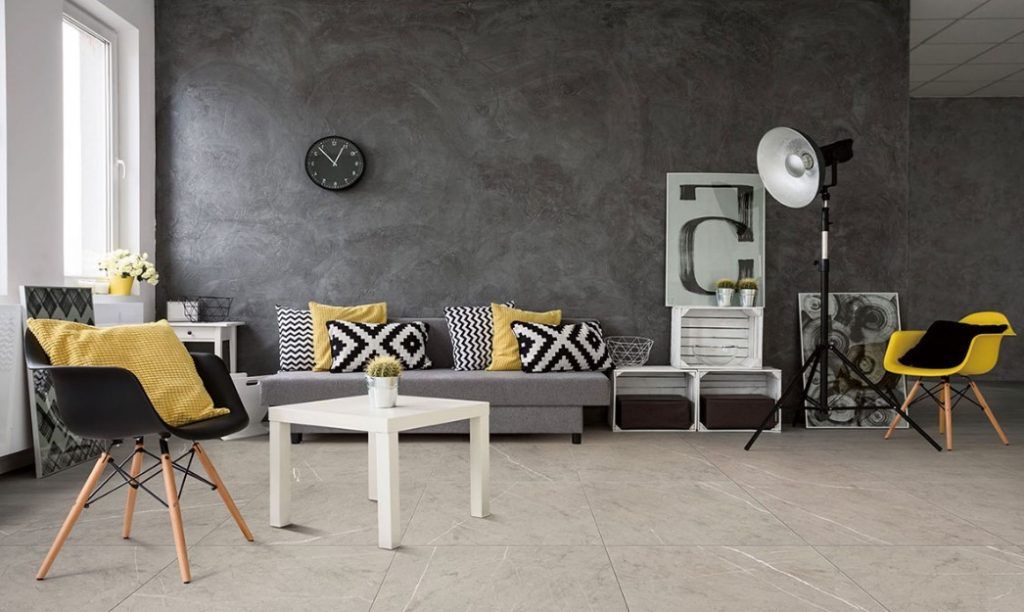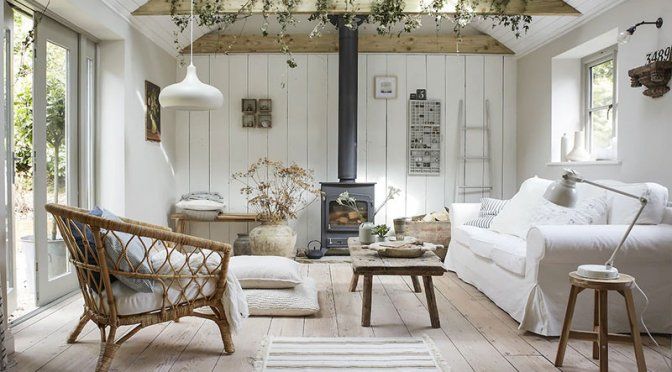6 Tips To Work Serenely
Ah the future baby room, a kitchen renovation, this terrace for sunny days, you dreamed of two. But subject to the stress of the unexpected, to fatigue, to the limits of our skills, we can sometimes feel tensions. To succeed in your work as a couple or in a group and with a smile, there are however a host of small tips. Here are a few, to apply a little, a lot, passionately.
Organize Your Work Well

“If I had known it would last that long, we would have organized ourselves differently”.
A site is better to have anticipated it. Here are some suggestions:
Prepare the works budget upstream!
Prepare a loan request from the bank, plan for the unexpected, find out about state aid. It is important to estimate the overall cost of the site so as not to have unpleasant surprises.
Make Lists
Preparing your project beforehand means first and foremost drawing up lists! In particular to manage the different tasks but also to plan the logistics and the stocks of materials.
Take advantage of the applications and functionalities of certain sites to orchestrate your work:
- Shared folders and common “To-do list” (Google Drive, OneDrive)
- Online project management tools (Trello)
- Architecture software to design your plans (Kozikaza)
- Create your “shopping lists” by part/project on the casacultures.com website.
- The success of the work also means planning meals, snacks, and comforting drinks, it is essential!
Define Everyone’s Responsibilities

During the work, you must know how to share the tasks, delegate with patience and tolerance. Take the opportunity to promote talents, not just those of the DIY pro.
Among the precious talents that you should surround yourself with, there are:
- Someone who lists all the tasks schedules them over time
- But also someone who ensures that the resources of labor and tools or consumables are accessible
- One person who coordinates all workers smoothly
- Another who checks certain works
Agree to share the tasks, to delegate with indulgence and tolerance. Everyone must feel integrated and valued at the risk of demotivation! Encourage yourself!
Prioritize According To Deadlines

A successful project is a series of well-orchestrated and managed tasks. It depends on the actions of all the actors on the site (you and your other half but also those who came to lend a hand).
Place deadlines in front of each task and prioritize it!
Once everything is set, the important thing is, of course, to share it with all the participants in the site and to be flexible to deal with any eventuality. Like that, at least, everyone can coordinate and know what awaits them …
Communicate To Avoid Crises

Do you know the common point between couple life, family life, business life, and construction life? In any case, better to communicate.
Listening to the other, accepting that the other is not as “reactive”. The work can become a great source of stress in the couple.
Explain to everyone what awaits them. Take into account the flexibility of the schedules and re-explain the changes in the course in the event of the unexpected. It is essential to define what is expected of each other and let everyone express their emotions.
Manage Your Pace

You are not building contractors. You have a job, probably a social life, maybe children. And life will not stop during your work! So you might as well learn right away to manage duration and “slack”.
It is important to find the right rhythm, timing and to take the time to make regular points in advance of the project. This is necessary so as not to drown in the tasks to be done or completed.
Also, take breaks from work regularly. And treat yourself to little pleasures. An outing to the cinema. A bike ride. Two hours of reading in the sun.
Anything as long as you feel like recharging your batteries between two places.
Celebrate Each Successful Step!

Attention, philosophical advice. The construction site is not a big whole but a multitude of small successes that must be celebrated. Rather than waiting for the whole piece to be finished before opening the champagne, celebrate each step.
The parquet is laid? Is the paint dry? Aperitif with family or neighbors. Are the curtains hung? Taste hide and seek with the children. It’s longer?
And then dédramatisez! It is a beautiful life project, an adventure to enjoy.
